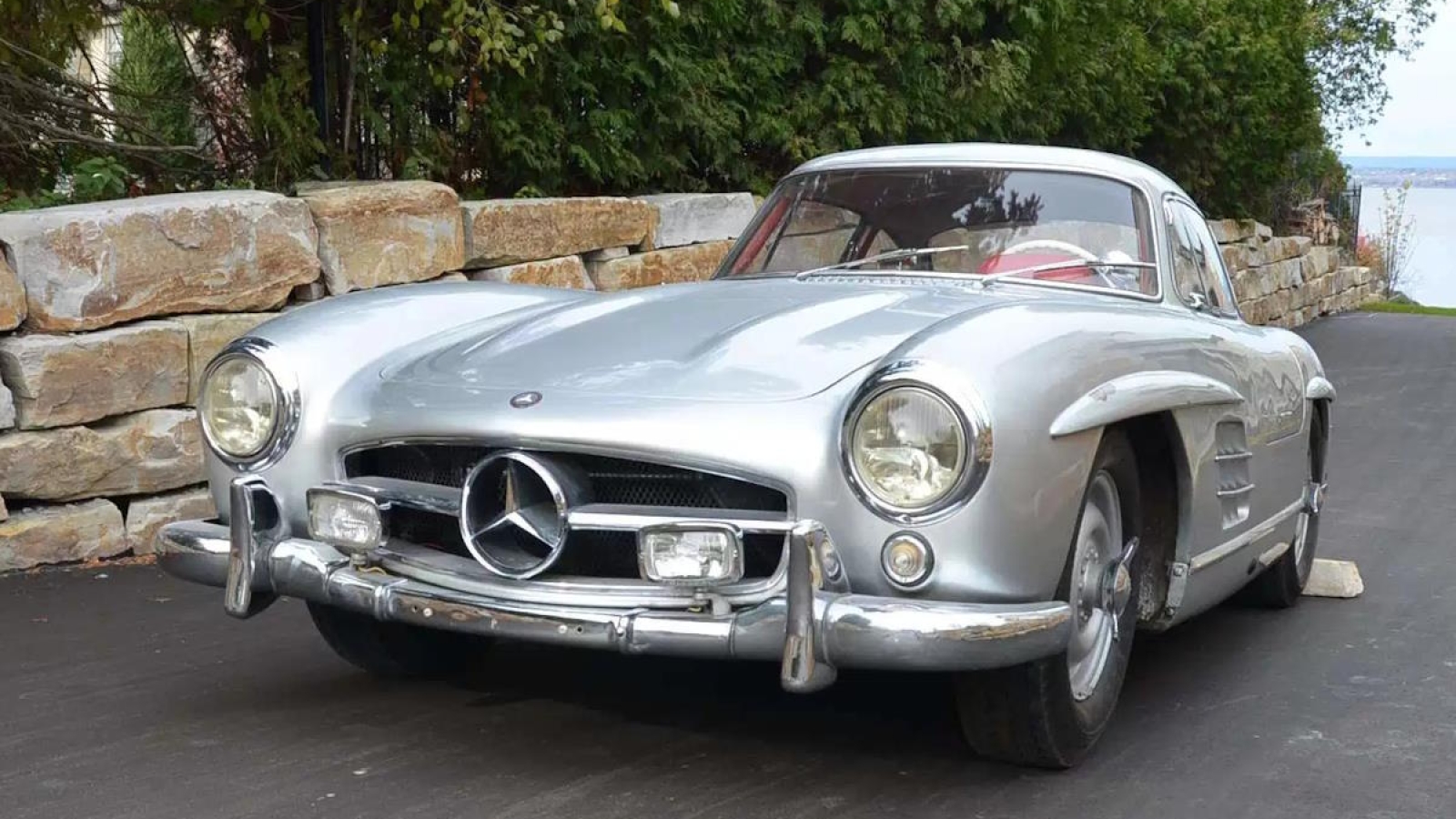Spain does not have a system to issue personalised licence plates. It does however have a system to identify and recognise Classic Cars as ‘historical’. Classic Cars that qualify can achieve the status of being certified as a ‘historical vehicle’ and registered with historical licence plates, so the owner can enjoy the kudos of having their beloved motor officially recognised and marked as a Classic Car.
Getting ‘historical vehicle’ status for a Classic Car, also brings with the added perks of cheaper insurance, longer gaps between ITV´s and road tax exemption.
The starting qualifying criteria is the age of the car, the qualifying age being 30 years.
Aside from being old enough, a car must be in original condition to qualify as a ‘historical vehicle’ i.e. not modified or changed since it left the factory.
Whilst in most cases age will be the determining factor for a vehicle to achieve ‘historical’ status, there are other ways a vehicle could make the grade, e.g. if it is listed in the Spanish Register of Heritage Cars, or if it is of cultural interest due to rarity or it’s association with a specific event.
The Process to Register a Classic Car with Historical Number Plates in the Costa del Sol
Regulation covering the registration of Classic Cars with historical number plates changed in October 2024. Vehicles to be registered as historic, are now split into two groups. Previously all vehicles had to be ‘catalogued’ by an authorised specialist vehicle technician then issued a certificate by the Junta de Andalucia. Now there is a differentiation between classics cars that already have a Spanish registration and those that don’t.
So we have:
Group A: Classic Cars with a Spanish registration, 30 years old or more, a valid ITV and have not had substantial modification.
Classic Cars in this group can now be register via a much simplified and less costly process which can be done online and costs just €21. The DGT provides information and links to the online application here: https://www.dgt.es/nuestros-servicios/tu-vehiculo/vehiculos-historicos/matriculacion-vehiculos-historicos/grupo-a/
Group B: Any other Classic Cars that don’t fit into Group A, e.g. foreign registered vehicles, of those that have modifications.
Qualifying Classic Cars in this Group still have to go through the ‘cataloguing’ process, however the certification is now issued by the authorised technician rather than the Junta de Andalucia, and the car then undergos it’s ITV check. This change considerably speeds the process as it often took several months for the Junta to issue the historic certificate.
Cataloguing a Classic Car for Historical Vehicle Approval in the Costa del Sol
This is a process that has to be undertaken by an official Historical Vehicle Laboratory that is authorised by the Regional Government (Autonomous Community). In the Costa del Sol, it is the Junta de Andalucia that regulates the laboratories that catalogue historical vehicles.
In the cataloguing process the vehicle is examined by an approved Vehicle Technical Engineer from the Historical Vehicle Laboratory. They determine whether or not the car qualifies, and prepare a detailed report and certification of the vehicles qualifying ‘historic’ standing.
Preparing the report requires a detaile study of the vehicle and when the report is issued it includes:
- certificate certifying the characteristics and authenticity of the vehicle
- statement explaining the reason why the vehicle could be classified as historic
- technical characteristics sheet (ficha tecnica reducida)
The Junta de Andalucia website has pages providing information about the cataloguing process and requirements, as well as lists of authorised laboratories and recognised Classic Car Clubs.
Historic Vehicle Cataloguing Procedure & Laboratories
Details about the cataloguing process and a link to a list of approved historic vehicle technical laboratories can be found on the Junta de Andalucia website.
https://www.juntadeandalucia.es/organismos/transformacioneconomicaindustriaconocimientoyuniversidades/areas/industria/vehiculos/paginas/vehiculos-historicos.html
When the ‘historical vehicle’ certification has been done, the vehicle can then proceed to the next steps. This is the technical inspection and then registration at trafico, (DGT).
Classic Car Technical Inspection for Historical Registration
To get the technical registration papers (ficha tecnica’s), for the historical registration, the Classic Car has to go through an historical inspection at the ITV. Like a regular ITV, the inspection checks that the Classic Car is road worthy, it also checks that the ‘historic vehicle’ approval tallies.
Assuming all is present and correct, the vehicle will pass the inspection and the technical papers will be issued. Road tax (IVTM) and registration fees must then be paid and the paperwork submitted to the DGT to obtain the historical registration number.
If Classic Car is from another country, and being registered in Spain for the first time, a 13% registration tax will apply calculated on the current value of the vehicle.
Getting a Classic Car Registered with Historical Number Plates in the Costa del Sol

The inspection and final registration parts of the process to register a Classic Car with historical number plates are relatively straight forward. The most important parts are the cataloguing of the vehicle to certify it as historic and passing the inspection.
If you are considering registering a Classic Car with historical number plates in the Costa del Sol, it is advisable to use a company that specialises in handling the process.
Historic Licence Plates for Classic Cars Service
For more information about getting your Classic Car registered as a historic vehicle, details of the costs, or to find out if it qualifies, click on the link below to send us your enquiry.

